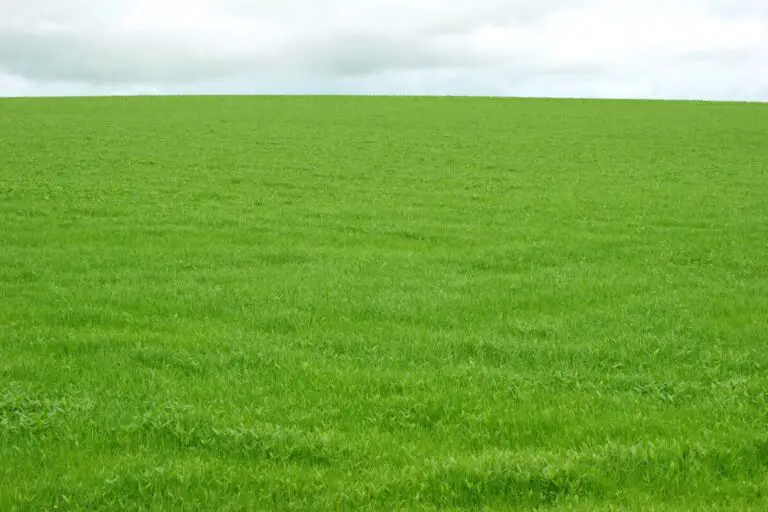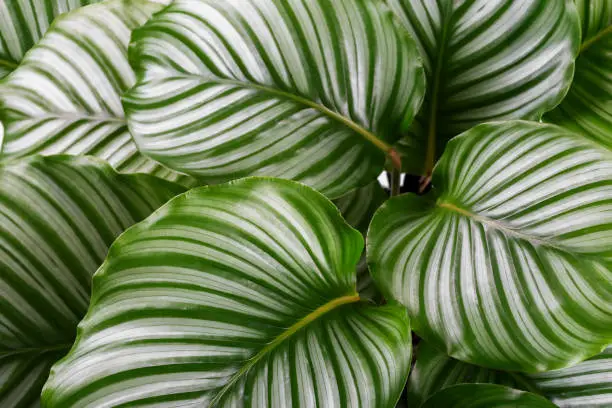How one can prune salvias and when to do it – three pruning teams
A gaggle of crops I develop loads in my very own backyard and in my shoppers’ backyard designs is the perennial Salvias. Salvias are a part of the mint household, the Lamiaceae and you may see they’re associated each within the look of the leaves and likewise the form of the flowers. It’s the scent that actually provides them away nevertheless, not that they scent minty, simply that they’re so aromatic. The scent of Salvia microphylla when brushed is one in all my favourites within the backyard.
Usually straightforward to take care of, although usually on the tender or near-tender facet, the one actual activity for the gardener is to prune them annually. Within the UK this have to be carried out in spring between April and Might relying on the place you’re within the nation (south earlier, north later), leaving the previous stems on by winter to guard the plant and stop fungal infections on lower stems.
Not all salvias are the identical nevertheless and they’re break up into three principal teams:
1) Herbaceous – deciduous
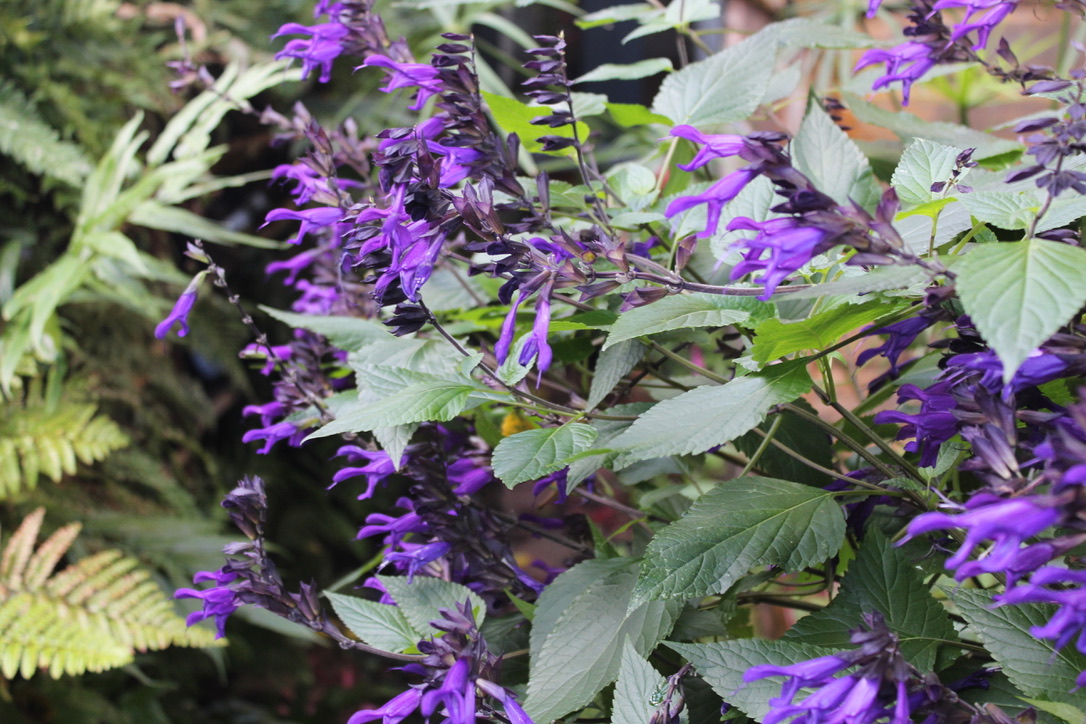
The herbaceous salvias are those who are inclined to die again to the bottom in winter and embody the favored Salvia ‘Amistad’, the brand new carefully associated cultivar ‘Amante’ and species Salvia azurea, Salvia elegans (pineapple sage), Salvia engelmanii and Salvia guaranatica to call a small quantity.
Within the UK, lots of this group die again as a result of they aren’t notably hardy and are conservatory crops. However to take the favored ‘Amistad’ for example, I depart the principle stems by winter which in chilly winters will die utterly. In delicate winters right here in Clapham, London they will stay alive and even flower all winter. Both approach, the pruning is similar.
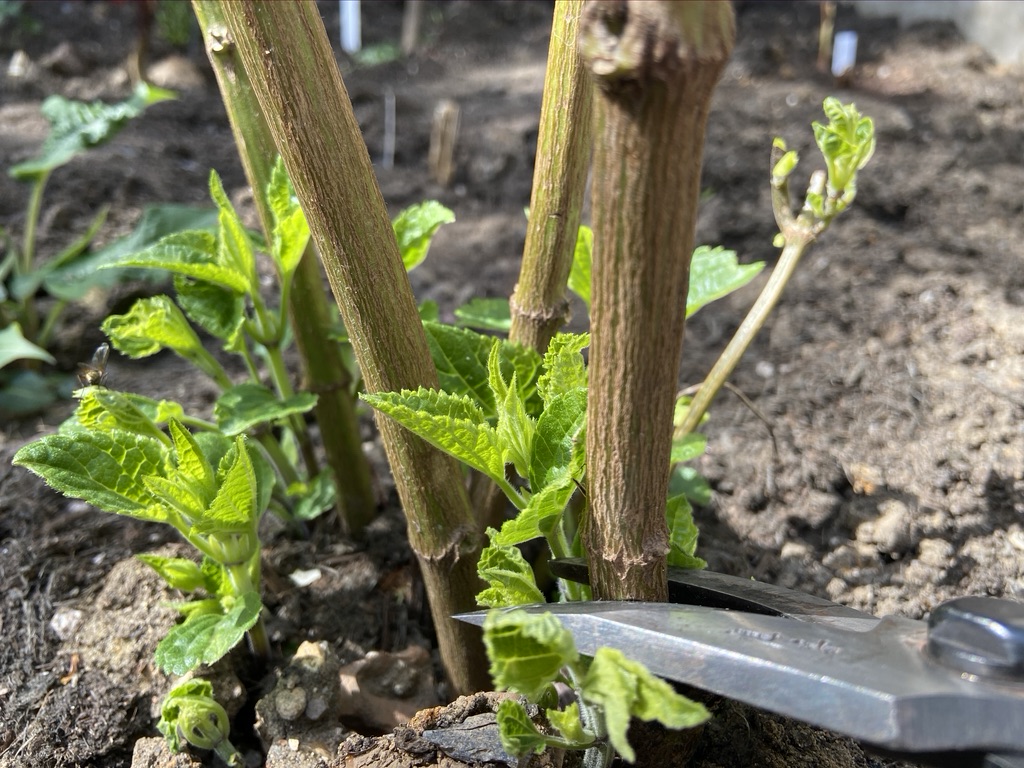
Depart the stems till spring is firmly right here and contemporary new progress may be seen, then lower the stems right down to their lowest taking pictures node. On this instance above new shoots are rising from the bottom so I can lower the previous stems away utterly.
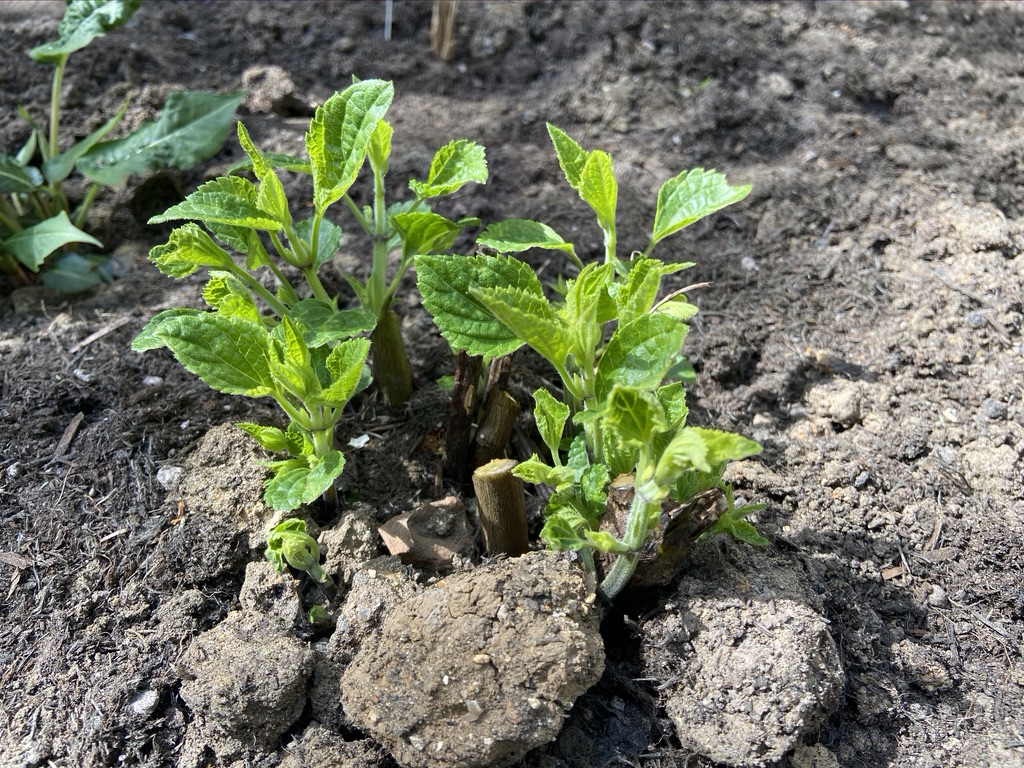
The completed article with new stems rising from the soil, which want defending from slugs and snails however develop away from them shortly in heat spring climate. In some years if the stems are nonetheless alive, I lower them to about 30 – 40cm above floor degree and let the shoots increased up develop, retaining them away from the slimy nibbling beasties.
2) Herbaceous – evergreen rosette forming
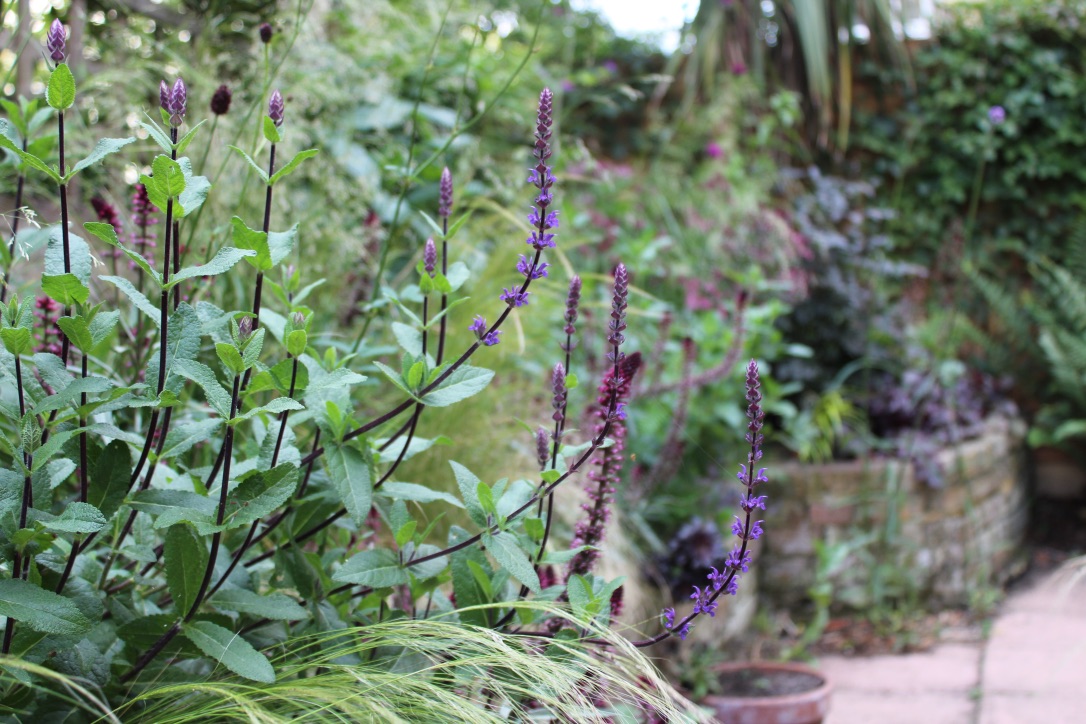
Salvia lyrata, Salvia pratensis and the very fashionable within the UK, Salvia nemerosa fall into this group. Personally, I discover it laborious to inform the distinction in progress behavior between these and the earlier deciduous herbaceous Salvias as they have a tendency to all behave the identical right here in heat London. Nonetheless, once we do have a colder winter the distinction turns into clear as this group does stay largely evergreen and you may see a particular ‘crown’ of recent shoots forming on the base of the plant in autumn to early winter. Protected beneath the earlier 12 months’s progress.
This group of Salvias is straightforward as a result of you’ll be able to merely chop off all of final 12 months’s progress in spring when frost is not anticipated. Personally, right here in our delicate backyard, for this group solely I really lower the stems off in winter. Not beneficial in colder areas.
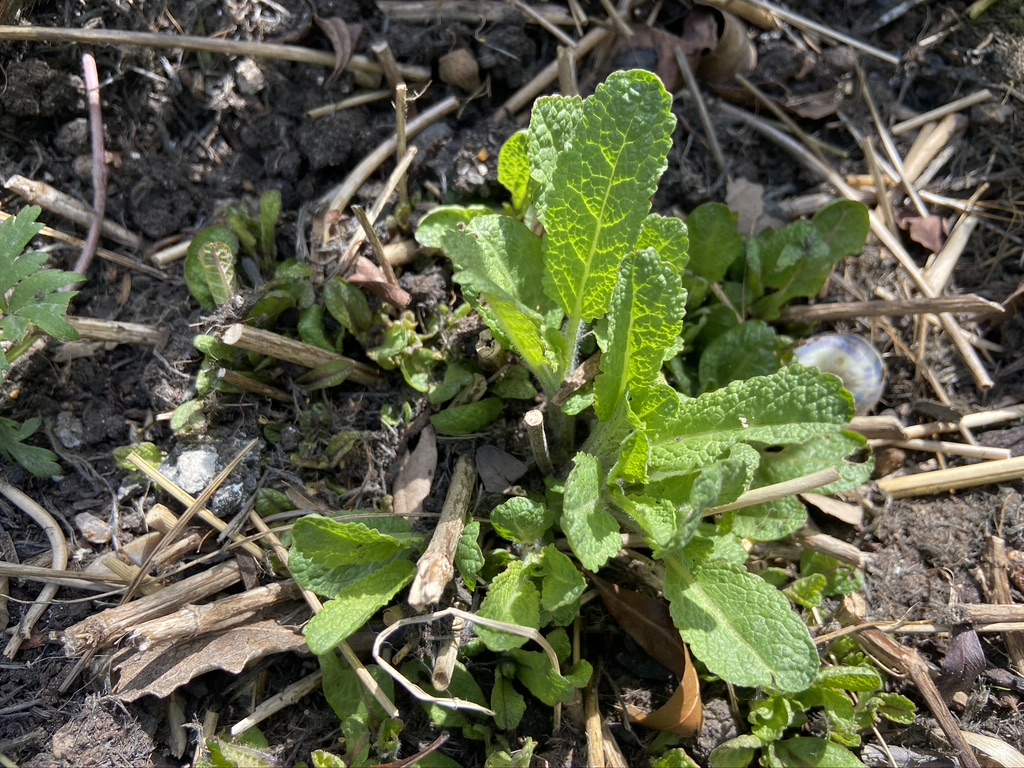
Above you’ll be able to see many new shoots showing on the Salvia nemerosa ‘Caradonna’ among the many bases of the earlier 12 months’s stems. These salvias, S. nemerosa particularly, flower in late spring to early summer time at which level the flowers begin fading as the remainder of your backyard is taking off. It’s presently you’ll be able to act brutally in summer time and lower your entire plant again right down to the bottom shoots. This may spark new progress and one other flush of flowers comparatively quickly afterwards. In a protracted season you would strive doing this later in summer time too, however not too late in any other case the expansion will probably be too mushy to face up to winter.
3) Shrub forming

I like all salvias however at a push I feel that is my favorite group, they are typically the hardiest and type woody stemmed shrubs to completely different sizes. Shrubby salvias embody Salvia microphylla, Salvia greggii, Salvia involucrata, many hybrids and the edible herb sage, Salvia officinalis. Frequent cultivars on this group embody ‘Sizzling Lips’, ‘Cerro Potosi’ and ‘Nachtvlinder’. There are tons of extra and in case your crops type a woody bush that doesn’t die again in winter, they’re probably on this group.
Whereas the earlier two teams are comparatively easy to prune, reducing again to the bottom, the shrubby salvias require a little bit extra thought. Once more, depart progress on by winter to guard the plant from chilly, snow and frost. Then strike when new progress is noticed within the heat of early spring.
Take away all useless, diseased or broken stems to clear the plant of tat. Then, in the reduction of by a couple of third to a half to a rising level (two pairs of leaves with shoots between them). This may make sure the plant maintains its construction and measurement, whereas additionally retaining in test to stop it outgrowing areas and turning into a little bit of a tangled, open mess. It’s a little bit like the way in which you’d prune lavender however much less tidily.
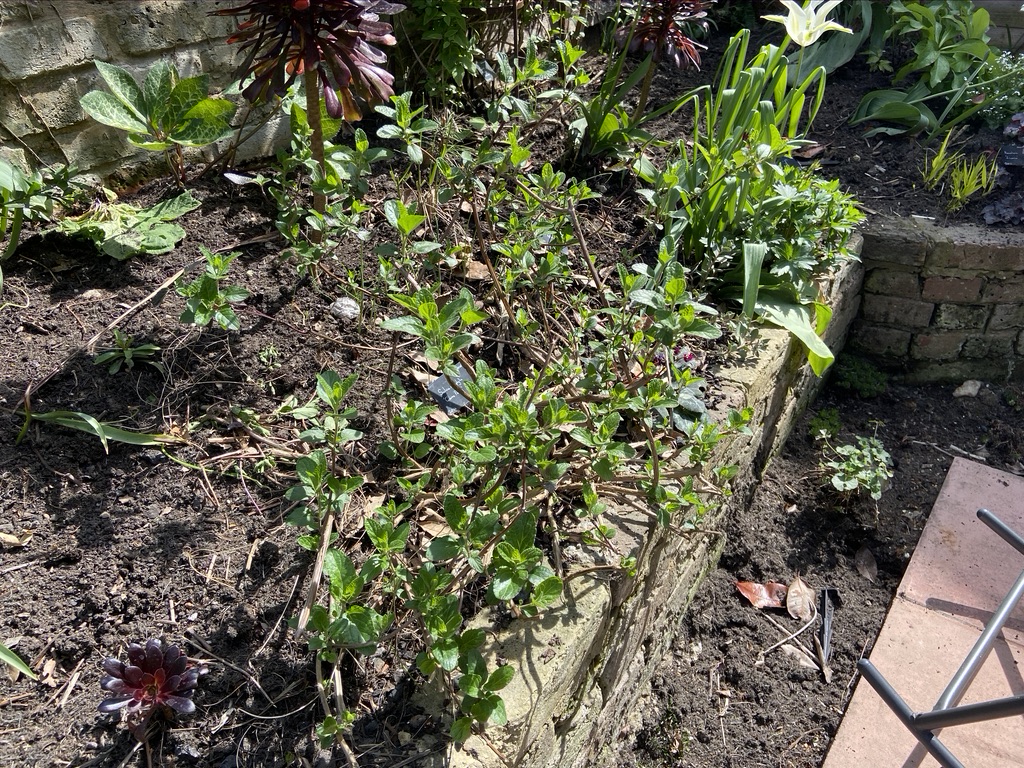
It’s finest to not lower under the bottom taking pictures nodes though, I’ve discovered that if you happen to do, new shoots will develop however the plant will probably be a little bit slower. So you’ll be able to laborious prune if you would like. One down facet to laborious pruning that I’ve discovered is that these new shoots from previous wooden have very brittle joins and are simply snapped off in robust winds. Significantly better then to maintain the robust construction.
In summer time you’ll be able to depart shrubby salvias to do their factor however they will turn into a little bit messy as flower stems end and turn into naked twigs. Probably not an issue in any respect however I do snip these off to decrease shoots. In case your backyard is kind of giant, you’ll be able to velocity this course of up by giving the shrub a light-weight snip with secateurs taking all previous and a few new flowers off. This may encourage extra flowers pretty quickly after. Alternatively, you’ll in all probability simply depart them to get on with it and ignore the little twiggy spent flower stems.



